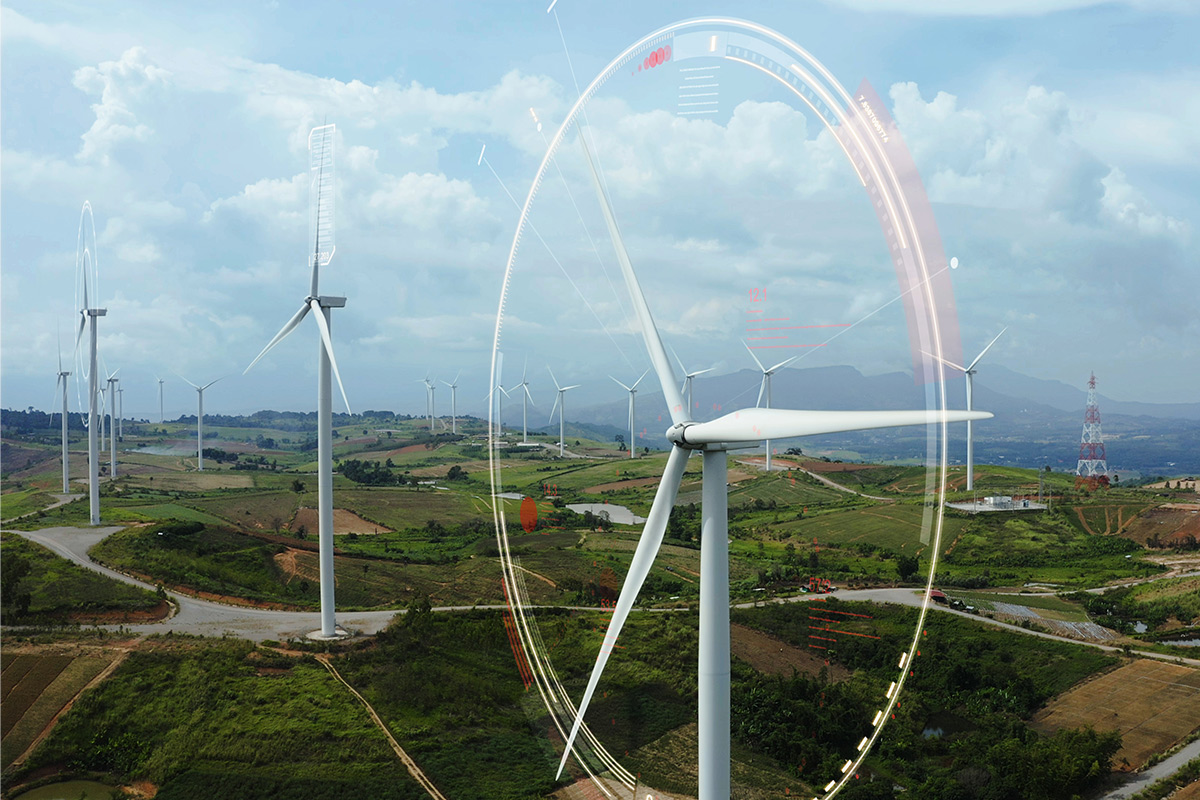News
Wind energy digitalisation drives costs down and yields up

22 November 2021
Digitalisation is playing an increasingly big role in wind energy but the industry has yet to tap its full potential. WindEurope’s newest report analyses the status of digitalisation, investigates the role of data and presents its vision on the evolution of digital applications and technologies towards 2030.
Digitalisation has contributed to a reduction of wind farm operational costs, improved their performance, increased wind farms’ revenues and the environmental benefits for energy consumers. It has also led to improvements in technicians’ safety. And although the potential benefits of digitalisation are clear quantifying these and implementing innovative solutions is not. To get a complete picture the benefits of digital applications the industry needs to develop reliable universal metrics and knowledge sharing platforms.
If the industry wants to use the full potential digitalisation brings, technologies need to be validated and become transferable at a low cost. But this can only be done with the support of well-established data sharing practices within organisations and with third parties. This requires developing a universal wind data standard including the required level of details, complementing currently deployed international standards.
The wind industry also needs a workforce with the right skillset which combines digitalisation and wind technology expertise. This can be done with dedicated energy digitalisation programmes at universities and the right training programmes for the workforce.
Hitachi Energy’s Global Digital Portfolio Leader Jamie Stapleton said: “Digitalisation is a key factor in accelerating the electrification of energy demand but it can’t be championed by one single company. Given the increasing complexity of wind farm operations, it is very difficult to understand and compare benefits from different digital applications. This report aims to provide expert guidance and leverages the insights of various stakeholders across the wind sector ecosystem.”

